The project was received on a public call for the development and implementation of innovative and collaborative projects related to specialization, green and digital transformation in the field of the manufacturing industry by the Ministry of Economy.
The main goal of the project is the development of technology of self-healing cementitious materials with autonomous self-healing of cracks using industrial waste (mineral additives fly ash and dolomite residue ground to a nano level) and glass (construction waste ground to a nano level) as secondary raw materials according to the principles of circular economy.
The biggest contribution of the project will be in the promotion of the circular economy in the construction sector, while promoting innovative technologies of self-healing cement materials that would have a longer lifespan and sustainability.
We will work on obtaining new cement products with characteristics of autogenous self-healing of cracks that will be designed within the framework of the project:Product 1: Cement materials based on fly ash and additive (which will be further developed during the project)Product 2: Cementitious materials based on glass and dolomite residue.
Project website: https://circularinnovations.mk/
- University “St. Cyril and Methodius” in Skopje
- Faculty of Civil Engineering, Skopje
- Civil Engineering Institute MACEDONIA
- Institute for Research in Environment, Civil Engineering and Energy
- Institute of Earthquake Engineering and Engineering Seismology
- Macedonian Association of Structural Engineers
- AKRON DOO Skopje
- KNAUF
- ADING AG Skopje
The application of cement products with low CO2 emission, energy saving and produced with the so-called smart technology, including self-healing, is a direction that leads to sustainability of concrete structures, development of high-quality characteristics, resistance to corrosion, preservation and restoration of the environment, and long-term application of concrete structures. Today, self-healing cementitious materials are one of the most significant interests of scientific and industrial research in the 21st century. Self-healing technology can improve the characteristics of concrete by applying different techniques: expansive additives and mineral additives that further activate the hydration of unhydrated cement, polymer microcapsules, bacteria, application of fibers and nanomaterials.
The main goal in the project is the development of technology of self-healing cementitious materials with autonomous self-healing of cracks using industrial waste (mineral additives fly ash and dolomite residue ground to a nano level) and glass (construction waste ground to a nano level) as secondary raw materials according to the principles of circular economy. The secondary raw materials will be milled to obtain nano-sized particles. This project will initiate the utilization of waste materials as a secondary raw material, while favoring recycling, which is currently at a very low level in the country. For the industry, the utilization of current wastes, which in principle represent semi-products or residues according to the terminology of circular economy, would be favored. In this way, the awareness of the use of waste as a raw material and the preservation of natural resources would be increased, in the direction of the creation of innovative solutions and products with added value. The biggest contribution of the project will be in the promotion of the circular economy in the construction sector, while promoting innovative technologies of self-healing cement materials that would have a longer lifespan and sustainability.
The project is focused on developing new products and improving products by applying the innovative smart technology of autogenous self-healing of cementitious materials to reduce crack width and close cracks in cementitious materials. The ultimate goal is to obtain new products that will have high-quality features, the ability to self-heal cracks, increased durability and a longer construction life.
Project field
Civil Engineering
Implementation period
January - September 2024
Funded by
Ministry of Economy of the Republic of North Macedonia
Project keywords
Building materialsCircular economyCivil engineeringClimate change


